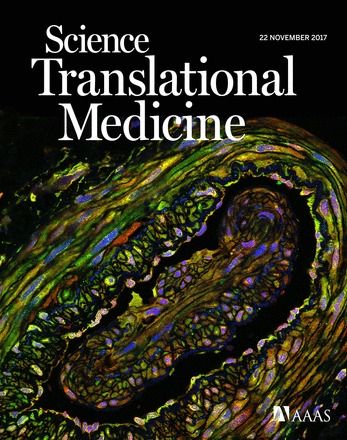Another case of idiot MD’s who think they know everything not wanting to test for CJD, and getting mad when something they dont know existed contaminating instruments and spreading diseases.
AI doctors soon please.
Sporadic Creutzfeldt-Jakob disease (sCJD), the most common human prion disease, can be transmitted via neurosurgical instruments or corneal or dura mater transplants contaminated by infectious prions. Some epidemiological studies have associated sCJD risk with surgeries that involve the skin, but whether the skin of sCJD patients contains prion infectivity is not known. Orrú et al. now report detectable prion seeding activity and infectivity in skin from sCJD patients, although at much lower levels compared to brain tissues from sCJD patients. These data suggest that there may be a potential for iatrogenic sCJD transmission through skin.
Sporadic Creutzfeldt-Jakob disease (sCJD), the most common human prion disease, is transmissible through iatrogenic routes due to abundant infectious prions [misfolded forms of the prion protein (PrPSc)] in the central nervous system (CNS). Some epidemiological studies have associated sCJD risk with non-CNS surgeries. We explored the potential prion seeding activity and infectivity of skin from sCJD patients. Autopsy or biopsy skin samples from 38 patients [21 sCJD, 2 variant CJD (vCJD), and 15 non-CJD] were analyzed by Western blotting and real-time quaking-induced conversion (RT-QuIC) for PrPSc. Skin samples from two patients were further examined for prion infectivity by bioassay using two lines of humanized transgenic mice. Western blotting revealed dermal PrPSc in one of five deceased sCJD patients and one of two vCJD patients.
